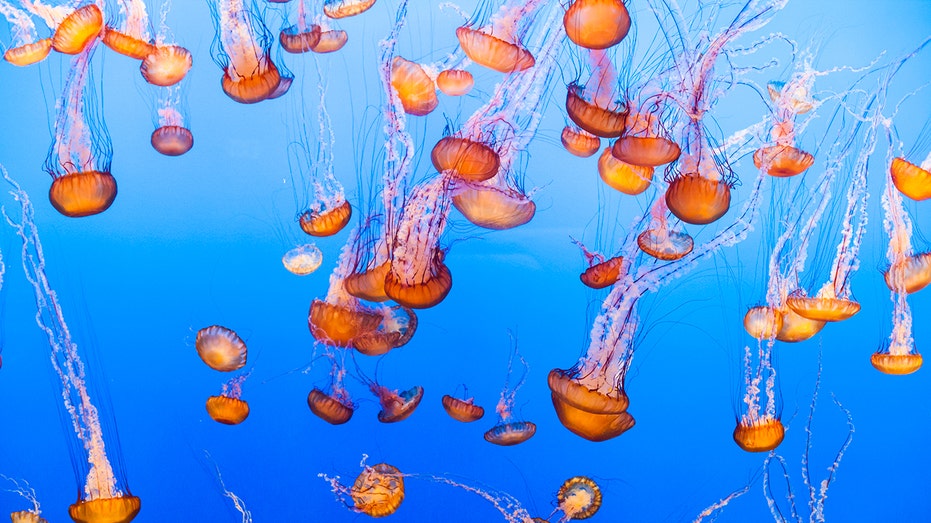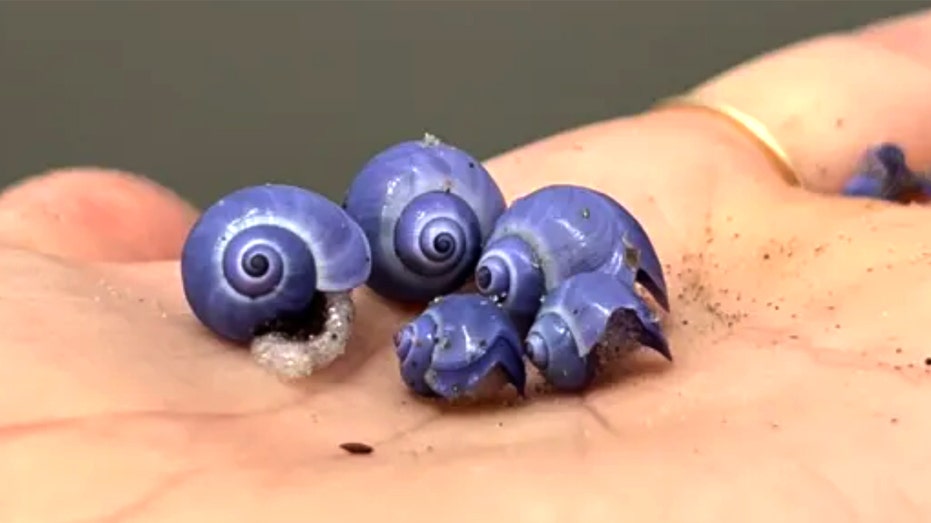Beyond the Swarm: Why Jellyfish Shutting Down a Nuclear Plant Matters

Sarah Johnson
August 12, 2025
Brief
Analysis of the nuclear plant shutdown in France due to a jellyfish swarm. Examining the underlying causes, climate change implications, and ecological imbalances in the North Sea.
Nuclear Shutdown: The Real Reason Jellyfish Swarms Matter
The temporary shutdown of France's Gravelines nuclear power plant due to a massive jellyfish swarm isn't just a quirky news story; it's a symptom of a much larger ecological shift. Understanding why this happened and what it signifies for the future requires looking deeper than surface-level explanations.
The Bigger Picture: A History of Environmental Stress in the North Sea
The North Sea, a critical body of water bordering several European countries, has a long history of environmental stress. Overfishing, industrial pollution, and, increasingly, the effects of climate change have combined to create a vulnerable ecosystem. The British Natural History Museum has specifically linked oil and gas extraction to pollution, leading to simplified and less diverse food webs. This disruption weakens the natural resilience of the sea, making it more susceptible to unusual events like massive jellyfish blooms. Furthermore, nuclear power plants historically have had a strained relationship with the environment, requiring large volumes of water for cooling which, when ejected back into the source waters, can alter temperature and impact local ecosystems.
What This Really Means: Climate Change & Imbalanced Ecosystems
While jellyfish swarms impacting power plants sound like a freak occurrence, scientists believe these types of events are becoming more frequent due to warming waters and disturbed ecosystems. Derek Wright from NOAA Fisheries points out that warmer waters expand the reproductive window for jellyfish. This, combined with the fact that jellyfish thrive in environments where their natural predators are diminished (often due to overfishing or pollution), creates the perfect conditions for massive blooms. The implications extend beyond just power plant shutdowns. These swarms can devastate local fisheries, disrupt marine ecosystems, and even impact tourism in coastal areas.
Expert Perspectives: The Scientific Consensus
Experts like Dr. Lisa-ann Gershwin, a marine biologist specializing in jellyfish blooms, emphasize the connection between human activities and the increasing frequency of jellyfish outbreaks. She has noted in her publications that nutrient pollution from agricultural runoff and sewage, combined with climate change stressors, creates ideal breeding grounds for jellyfish. This is also echoed by Dr. Monty Graham, a marine ecologist who studies jellyfish populations. He has stated that jellyfish blooms can be seen as indicators of broader environmental imbalances caused by human intervention.
Data & Evidence: Trends in Jellyfish Populations
While precise global data on jellyfish populations can be challenging to collect, regional studies show concerning trends. For example, studies have demonstrated a notable increase in jellyfish biomass in certain areas of the Mediterranean Sea and the East China Sea over the past few decades. The link between rising sea temperatures and jellyfish abundance has also been documented in several scientific papers. Moreover, research indicates that the introduction of invasive jellyfish species through ballast water from ships, as mentioned by Derek Wright, further contributes to the problem, disrupting local food webs and outcompeting native species.
Looking Ahead: Preparing for a Future of Ecological Surprises
The incident at the Gravelines nuclear plant serves as a wake-up call. As climate change continues and environmental stress increases, we can expect more unexpected and disruptive ecological events. Power plants, coastal cities, and industries that rely on the ocean must adapt. This means investing in better environmental monitoring, developing strategies to mitigate the impact of jellyfish blooms (such as specialized filtration systems), and implementing policies that address the root causes of the problem – pollution, overfishing, and climate change.
The Bottom Line: A Symptom of a Larger Crisis
The jellyfish swarm that shut down a nuclear plant is not just an oddity but a symptom of a larger environmental crisis. It highlights the interconnectedness of ecosystems and the far-reaching consequences of human activities. Addressing the underlying causes is crucial not only for preventing future disruptions but also for safeguarding the health and resilience of our oceans.
Topics
Editor's Comments
While the immediate impact of the nuclear plant shutdown is limited, it underscores a critical vulnerability: our technological infrastructure is increasingly susceptible to the unpredictable effects of a changing climate and disrupted ecosystems. What if this had been a critical data center, a shipping lane, or a desalination plant? We need to start proactively assessing and mitigating these risks, not just reacting after the fact. The jellyfish are sending us a message; are we listening?
Like this article? Share it with your friends!
If you find this article interesting, feel free to share it with your friends!
Thank you for your support! Sharing is the greatest encouragement for us.






